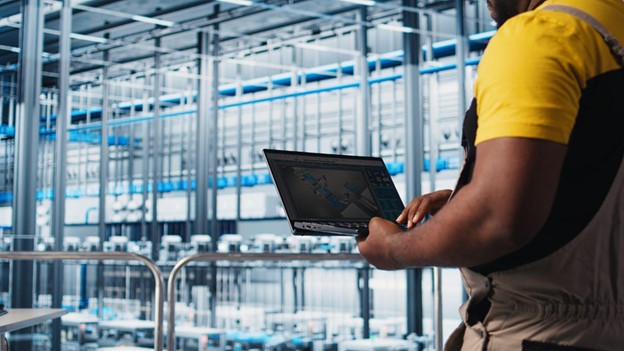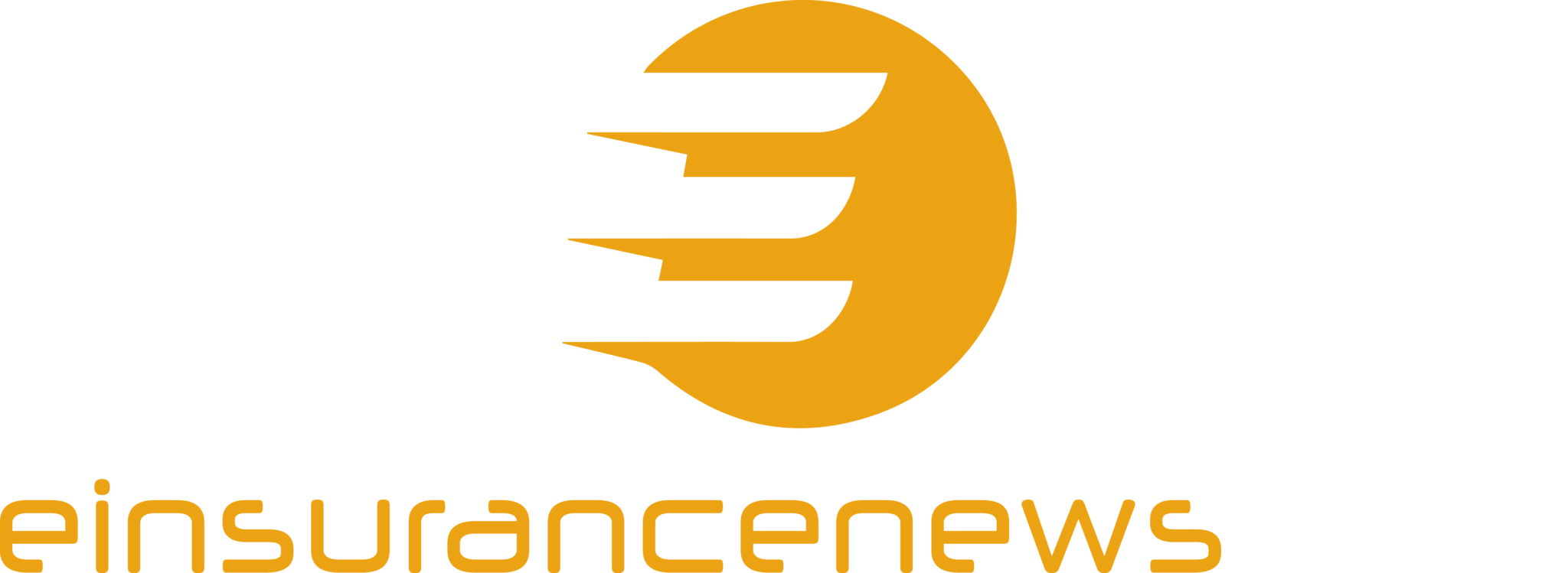
Technologies That Boost Efficiency and Protect Your Workforce
In the race to stay competitive, industrial businesses are rethinking everything—from how they operate to how they protect the people running the machines. Upgrading isn’t just about fancy tech; it’s about aligning every tool, process, and decision with the realities of modern production demands. Efficiency must be measurable, not mythical. Safety can’t be reactive—it has to be baked into the system itself. Every piece of technology brought into an industrial environment needs to earn its place through performance, interoperability, and survivability. This article dives into key technologies driving this shift, offering a sharp look at what works, why it matters, and how to apply it.
Digital Twin Modeling for Predictive Operations
Imagine testing a system failure before it ever happens. That’s the promise of digital twin modeling—creating a real-time virtual counterpart to physical processes. With these models, manufacturers simulate scenarios, spot inefficiencies, and stress-test systems without risking downtime or damage. The insight isn’t just theoretical; it feeds directly into scheduling, maintenance, and energy optimization. By compressing what would be weeks of trial and error into data-driven projections, these twins offer a competitive edge. They’re becoming the default for anyone trying to build smarter, more adaptive workflows.
Edge and IoT Architectures for Real-Time Response
When milliseconds matter, sending data to the cloud and back just won’t cut it. Edge computing and IoT architectures bring decision-making power directly to the source—on the floor, near the sensors, where things happen. This decentralized model reduces lag, improves uptime, and keeps critical operations running even if network connectivity drops. It’s not just about speed; it’s about survival in high-stakes environments where delays mean losses. Integrating edge systems also gives workers faster feedback loops, making the entire workspace more responsive. The more you compress the distance between signal and action, the more control you gain.
Automation and Control Systems for Production Efficiency
Streamlining production isn’t a single act—it’s an ongoing choreography of machines, systems, and timing. Automation and control solutions take that complexity and turn it into manageable, repeatable, and improvable flows. Whether it’s packaging, quality assurance, or precision assembly, automation reduces human error and increases throughput. It enables teams to reallocate human labor toward higher-value tasks while maintaining consistency at scale. Businesses that further explore this and invest in platforms purpose-built for real-time integration, global deployment, and precision control see a transformation—not just in output, but in the culture of how problems are solved.
Embedded IoT Security and Cyber-Resilience
As industrial devices get smarter, they also become bigger targets. Embedded systems, especially those connected via IoT, expose factories to a new frontier of digital threats. It’s not just data at stake—malicious interference can halt production or even compromise worker safety. Building resilience requires more than antivirus software; it demands firmware-level security, supply chain validation, and ongoing threat monitoring. Companies that treat cybersecurity as a manufacturing issue—not just an IT concern—build stronger operational foundations. The stakes aren’t abstract anymore; they’re physical, immediate, and high-cost.
AI-Driven Wearables for Worker Safety
Safety has moved from static protocols to dynamic, sensor-driven intelligence. Wearable devices equipped with AI can detect fatigue, alert for posture risk, or signal exposure to hazardous environments in real time. These tools shift safety from “after the fact” to “as it happens.” They also empower individual workers to take immediate action when something feels off. For supervisors, the aggregated data tells a fuller story about environmental stressors, workflow gaps, or training needs. It’s no longer just about preventing accidents—it’s about optimizing the conditions that prevent them from forming in the first place.
Smart Monitoring and Automated Hazard Detection
Beyond the individual, entire environments can now respond to threats before humans even perceive them. Smart monitoring systems combine cameras, thermal imaging, pressure sensors, and AI analysis to detect spills, equipment anomalies, or unsafe zones. Once triggered, they can isolate a machine, alert personnel, or trigger ventilation—all without human input. This isn’t replacing human oversight; it’s augmenting it with continuous vigilance. These technologies provide a digital safety net that never blinks, which is especially critical in environments where one small lapse can cascade into widespread harm. Automation here isn’t about efficiency—it’s about keeping people alive.
Commercial Insurance as Strategic Infrastructure
Modernizing a workspace without updating your risk framework is like building a faster car without better brakes. Comprehensive commercial insurance isn’t just for worst-case scenarios—it’s a stabilizer during active growth. As automation, AI, and connected systems increase complexity, the potential cost of a disruption multiplies. The right insurance plan protects not only physical assets but also reputation, continuity, and long-term viability. More importantly, it gives leadership the mental space to focus on progress, not just protection. It’s strategic armor for the age of intelligent infrastructure.
Technology doesn’t transform industrial workspaces—people do. But the right tools remove friction, magnify human strengths, and harden operations against error and chaos. From digital twins and edge systems to wearables and safety monitors, each advancement pulls its weight in both productivity and protection. The challenge isn’t choosing whether to modernize—it’s deciding how much longer you can afford not to. As automation and AI keep reshaping the terrain, standing still becomes a liability. By embracing these tools with clarity and intention, businesses don’t just survive industrial change—they define it.
Stay informed and protect what matters most with expert insights from E-Insurance News — your go-to source for the latest in auto, home, and life insurance advice.







